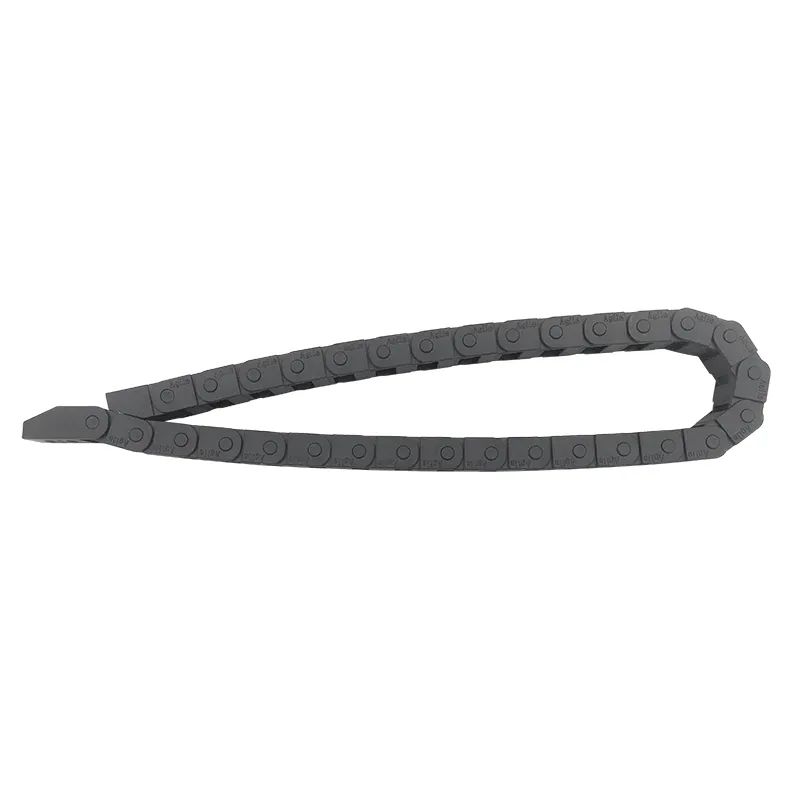Efficient Solutions for Handling Metal Shavings and Waste with Advanced Conveyors
The Role and Significance of Swarf Conveyors in Modern Manufacturing
In the ever-evolving landscape of manufacturing, efficiency and optimization are paramount. Among the various components that contribute to a streamlined production process, swarf conveyors play a crucial role. These specialized systems are designed to transport metal shavings, chips, and other debris—collectively known as swarf—generated during machining processes. This article explores the importance, functionality, and advantages of swarf conveyors in modern manufacturing environments.
What is Swarf?
Swarf refers to the scrap or waste materials produced during the machining of metals. This can include shavings from milling operations, chips from turning processes, and other residual debris from cutting activities. Swarf not only occupies valuable floor space but can also pose safety hazards if left unmanaged. Effective swarf management is essential for maintaining productivity, ensuring worker safety, and protecting equipment.
The Functionality of Swarf Conveyors
Swarf conveyors are designed specifically to handle the removal and transportation of swarf from machining centers to designated disposal points. They typically utilize a combination of mechanical and gravity-based systems to efficiently move swarf away from operational areas, thereby minimizing the risk of accidents and downtime.
1. Belt Conveyors One of the most common types of swarf conveyors, belt conveyors use a continuous loop of material to transport swarf along a predetermined path. They are versatile and can be adapted to fit various layouts and configurations within a facility.
2. Screw Conveyors These systems utilize a helical screw blade to move swarf along a tube. They are especially effective for transporting materials over short distances and can handle both dry and wet swarf efficiently.
3. Chain Conveyors Ideal for heavy-duty applications, chain conveyors can handle larger and heavier swarf. They provide robust support and can withstand the wear and tear of continuous operation.
4. Magnetic Conveyors In scenarios where ferrous swarf is predominant, magnetic conveyors can be particularly beneficial. They utilize magnets to hold swarf securely while transporting it, eliminating the risk of it falling during movement.
swarf conveyors

Advantages of Swarf Conveyors
Investing in swarf conveyor systems offers several vital benefits to manufacturing operations
1. Enhanced Safety By efficiently removing swarf from operational areas, these conveyors reduce risks associated with slips, trips, and falls. A cleaner work environment helps to foster a culture of safety.
2. Increased Productivity Swarf conveyors enable continuous operations without the interruptions caused by manual clean-up tasks. This smooth flow ensures that machining processes remain unimpeded, leading to higher production rates.
3. Improved Equipment Longevity Swarf accumulation can lead to wear and tear on machines, potentially resulting in breakdowns. By using conveyors to remove debris, manufacturers can help prolong the lifespan of their equipment and reduce maintenance costs.
4. Cost-Efficiency Though an initial investment in swarf conveyor systems may seem significant, the long-term savings in labor costs, maintenance, and equipment efficiency can justify the expenditure.
5. Sustainability Proper swarf management through conveyor systems allows manufacturers to recycle metal waste effectively. By collecting and processing swarf, companies can reduce their environmental footprint and contribute to sustainable manufacturing practices.
Conclusion
In conclusion, swarf conveyors play an indispensable role in modern manufacturing. By streamlining the removal and management of metal shavings and debris, these systems enhance workplace safety, improve productivity, and facilitate equipment maintenance. As manufacturers continue to seek ways to optimize their operations, investing in efficient swarf handling solutions will undoubtedly remain a key priority. As technology advances, we can expect even more innovative conveyor systems to emerge, further enhancing the efficiency and sustainability of manufacturing processes around the world.








